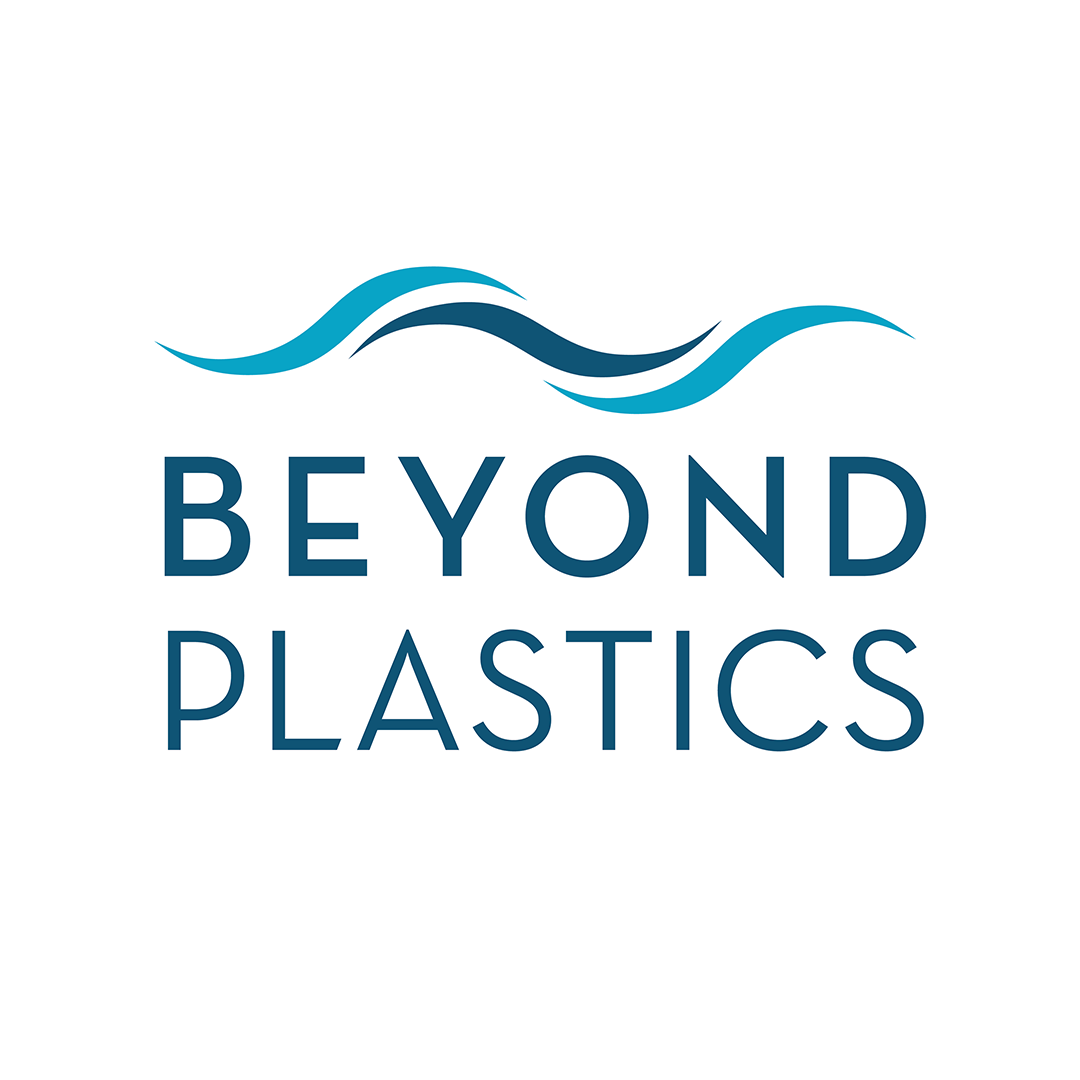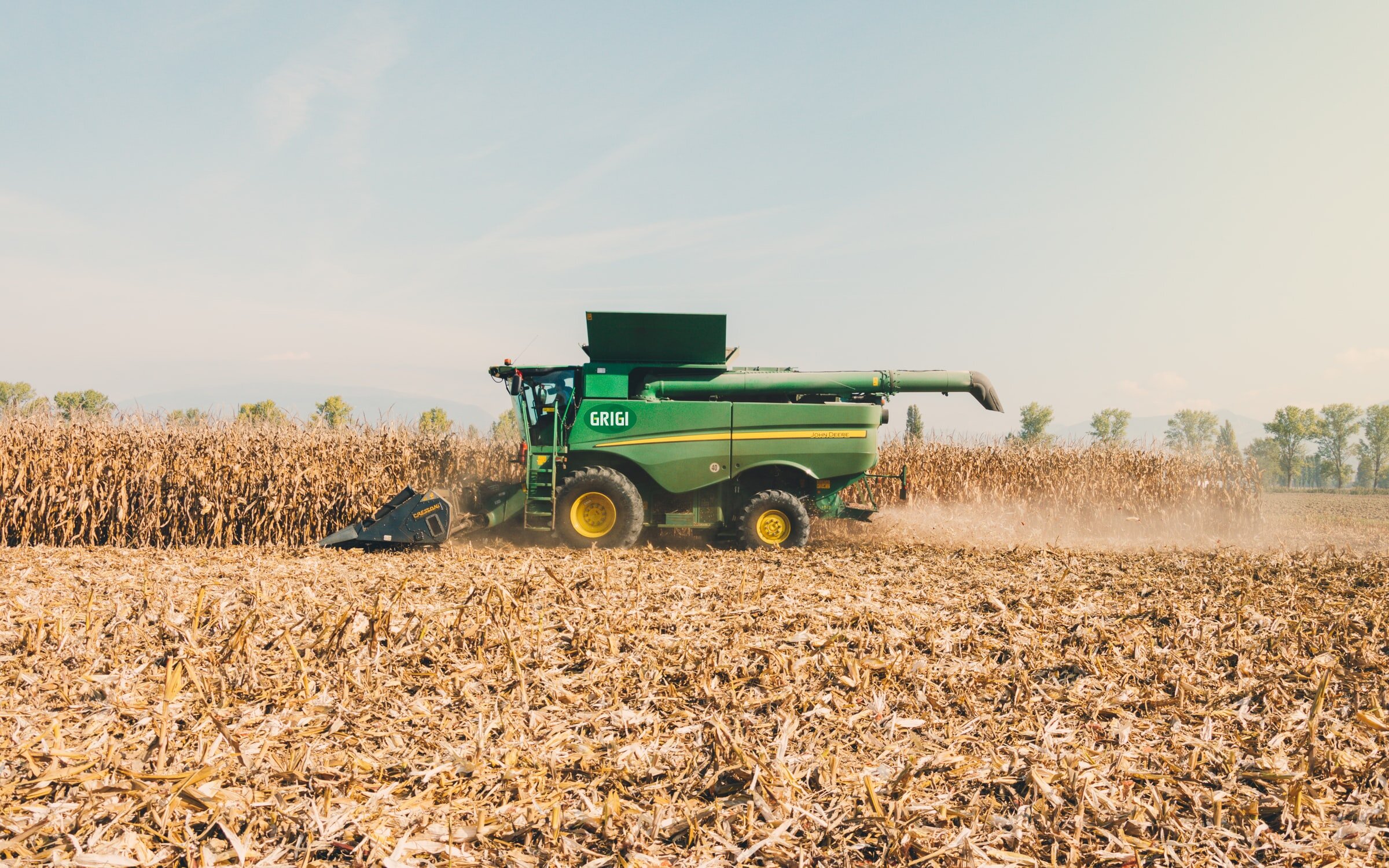The False Promise Of Bioplastics and Compostable Plastics
Although Beyond Plastics is a staunch advocate of composting the food scraps and yard waste that makes up more than 50% of the municipal waste stream, there are a number of reasons that bioplastics and other compostable plastics are not the great solution they might seem like at first glance.
DEFINITIONS
The word “bioplastics” does not have a standardized definition and is often used to refer to plastic that is either bio-based, biodegradable or compostable and can even include up to 80% fossil fuel-based plastic.
‘Bio-based plastic’ refers to plastics made not from fossil fuel building blocks but from plant material, such as corn, sugar beets or potato starch. Bio-based plastics only represent about 1% of the plastics available on the market. Though research is underway to increase the amount of bio-based material, currently most bio-based plastic is still partially composed of fossil-based plastic. For example, the NaturALL bottle used by major beverage companies is currently 30% bio-based plastic, and 70% fossil-based plastic.
Compostable plastic is engineered to fully decompose (as opposed to breaking into smaller and smaller fragments the way most plastics do over time) under certain conditions that can typically be met only in an industrial composting facility, something that few cities and even fewer towns have. Otherwise, they are likely to persist for in the environment years before breaking into problematic microplastics, just like any conventional plastic does.
PROBLEMS
Now on to the problems with bioplastics and compostable plastics:
Toxicity. Although bioplastics use a different feedstock than conventional plastics (usually corn or sugar beets), the thing that makes any feedstock “plastic-like” is a host of chemicals that give the end product certain characteristics and bioplastics and compostable plastics contain just as many of these as convetional plastics. These chemicals are a mix of known and unknown, and their toxicity varies. A 2020 study by scientists in Germany and Norway found that:
Most bioplastics and plant-based materials contain toxic chemicals.
Cellulose and starch-based products induce the strongest in vitro toxicity.
Most samples contain more than 1,000 chemical features; the maximum they found was 20,000 features.The material.
Bio-based/biodegradable plastics and conventional plastics are similarly toxic.
Their findings highlight the need to focus more on ensuring the safety of chemicals used in all types of plastics.
One common mistake people make is assuming that all chemicals are proven safe before being used in plastics (or other products) when, at least here in the United States, this is, unfortunately, not the case.
Heavy Environmental & Carbon Footprint. Although compostable and bioplastic packaging and serviceware are touted as being environmentally friendly, they tend to have even greater environmental impacts than their conventional plastic counterparts. When you consider their lifetime impact, compostable products and bioplastics often produce significantly more greenhouse gas emissions (GHGs) than single-use plastic due in part to the emissions created during the agricultural phase. And when compostable products end up in a landfill or incinerator, their climate footprint increases: compostable packaging that ends up in landfills releases methane, a greenhouse gas 30 times more potent than carbon dioxide.
Resources Intensive. In addition to the greenhouse gases produced, growing the crops to make these materials also requires significant amounts of fossil fuels, farmland, and water - all precious resources that can and should be used to grow actual food.
PFAS Is A Particular Concern In Compostables. The toxic chemicals noted above are a particular concern in compostable plastics as much compostable packaging relies on toxic per- and polyfluoroalkyl substances (PFAS) to repel water and oil. PFAS is a class of “forever chemicals” that a growing body of science suggests is linked to serious health problems. In recent years, testing has found the chemicals in a range of foods although the U.S. Food and Drug Administration (FDA) continues to allow companies to use PFAS in food packaging. But it’s not just getting into our food when it comes in contact with the packaging. Researchers have shown that PFAS can also leach into compost when packaging materials containing the chemicals get tossed into green bins.
But that’s assuming that these products actually make it to a composting facility… Many products that claim to be compostable or recyclable aren’t collected for either recycling or compost. If they do get collected, they may still get diverted to a landfill or an incinerator. Most bioplastics and compostable packaging will not break down in a backyard bin - they can only be composted by a high-heat industrial composting facility. Unfortunately, very few cities have these facilities which means that most bioplastics tend to end up in landfills and incinerators.
Unlike food waste and yard trimmings, compostable packaging and bioplastics do not add any valuable nutrients to compost. These products have a net negative impact on the final composted soil due to the contamination issues noted above.
Compostable Plastics Increase Contamination
Increasing, composting facilities do not want bioplastics, and many don’t accept compostable foodware because of the contamination they cause - both in terms of chemicals like PFAS but also because of confusion around what is compost - accepting food packaging and serviceware leads to a lot of unwanted, non biodegradable items getting tossed in with them which means the end product contains a lot of conventional plastic. For example, composters serving the state of Oregon ask residents not to put any plastic compostable foodware in their green bins. Many commercial composting facilities in California also do not accept bioplastics, and some don’t accept any foodware at all.
GET THE FACTS
Download an abridged version of this webpage as a PDF.
FIND MORE INFORMATION
You might find the following web sites, fact sheets, reports, case studies, and articles helpful.
Bio-Based Plastics Aim to Capture Carbon. But at What Cost? | Wired | December 2022
The Big Compost Experiment: Using Citizen Science to Assess the Impact and Effectiveness of Biodegradable and Compostable Plastics in UK Home Composting | Frontiers Sustainability | November 2022
Bioplastics: Issues and Concerns (UNEA briefing packet) | GAIA | June 2022
Are Bioplastics and Plant-based Materials Safer Than Conventional Plastics? In Vitro Toxicity and Chemical Composition (study) | Environment International | September 2020
Talking Trash: Bioplastics: A False Solution To Plastic Pollution (PDF) | Changing Markets Foundation | September 2020
Why Bioplastics Will Not Solve The World’s Plastic Problem | Yale Environment 360 | August 2020
The Truth About Bioplastics | Columbia University Climate School | December 2017
Why We Don’t Want Compostable Packaging and Serviceware: A Message From Composters Serving Oregon (PDF)
Why Compostables and Bioplastics Aren’t the Answer | UPSTREAM Solutions
Throwing Away the Future | False Impressions: “Bioplastics” - the Latest Form of “Greenwashing” | Greenpeace | September 2019 (pages 10-11)





